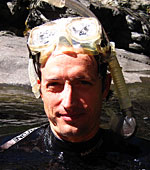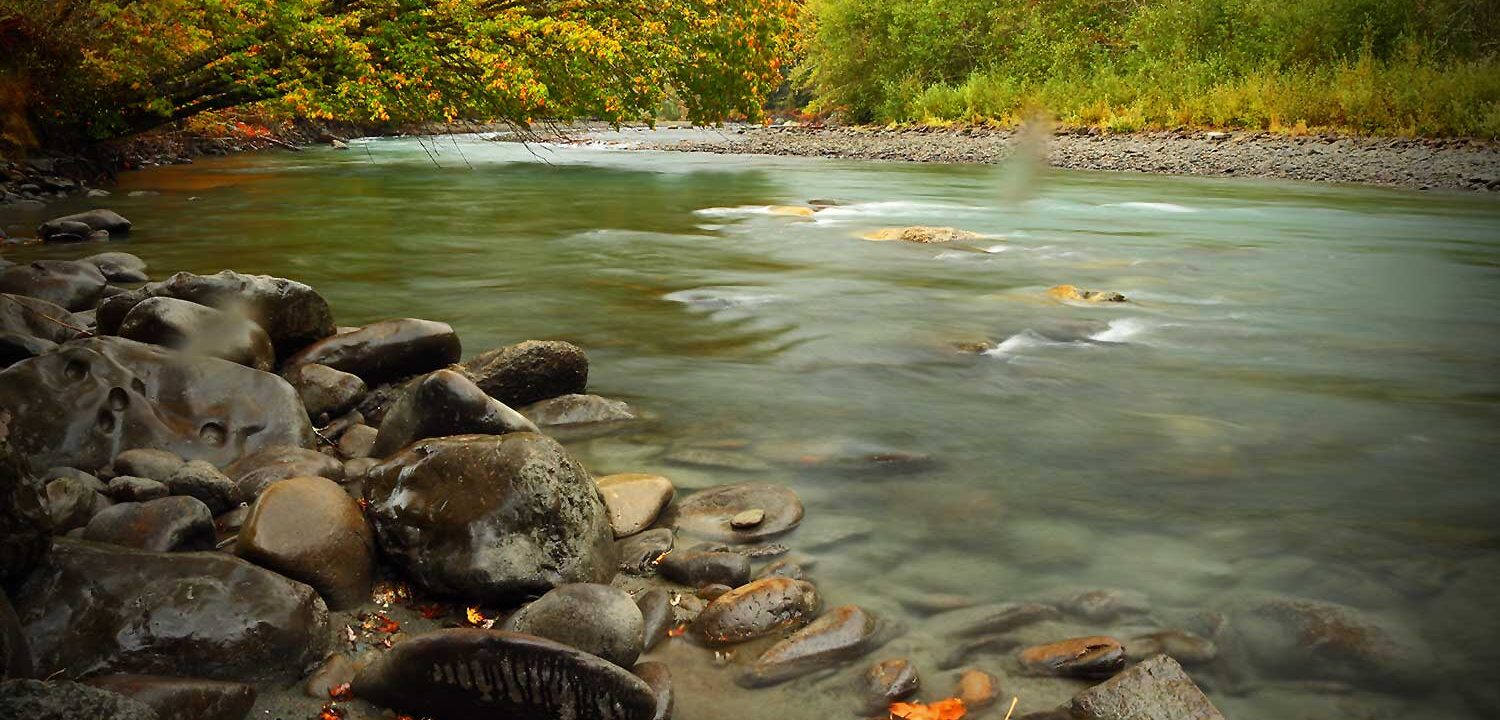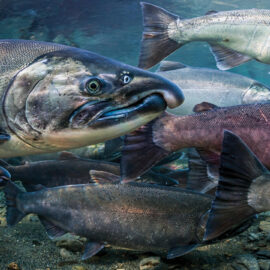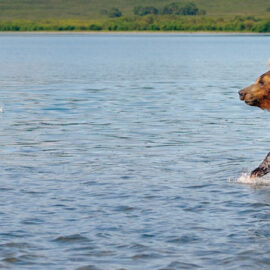WSC’s science director shares new research on salmon and floods.
How will salmon fare in a flood-prone world? Last week, our science director Matt Sloat joined scientists, managers, and local communities in Juneau to discuss climate change, water management, and salmon fisheries in southeast Alaska. Sloat and colleagues from the US Forest Service are wrapping up a three-year-long research project that looks at how rivers in southeastern Alaska will respond to changes in the climate, including increased rainfall. We caught up with him after the conference to learn more.
Why is southeast Alaska worried about climate change?

Salmon are absolutely central to the culture, economy, and ecosystems of southeast Alaska. Salmon fishing in the region generates about $1 billion annually. Salmon populations and their habitat are generally in good condition throughout the region, but local communities are concerned about the potential effect of a changing climate on these populations. Changes in river temperatures and flow and ocean conditions are already affecting the timing of salmon migrations and spawning success in the region. Southeast Alaska communities are acutely aware of these changes because they directly affect their food sources and livelihoods.
How have you tackled climate change in southeast Alaska and what have you learned so far?
Climate projections for southeast Alaska indicate that the region will be warmer and, much to the chagrin of many locals, even wetter in the future. The area already receives well over 10 feet of precipitation a year! More rain could bring many changes to salmon ecosystems, and there is widespread concern that new climate patterns will increase flooding within the region.
Our work with US Forest Service researchers has looked at the impact these floods could have on salmon spawning. Salmon spawn in streams in the fall and eggs develop through the winter, so increased winter flooding could potentially scour their eggs from the streambed and impact the next generation of fish.
Interestingly, we found that the risk of flood impacts to salmon reproduction in southeast Alaska is probably much lower than was previously thought. That is due to the relatively pristine condition of the area’s rivers and floodplains. Intact floodplains are tremendously important for minimizing future impacts to salmon populations because floodplains allow large floods to spread out over valley bottoms. Flood plains essentially act as a pressure release valve that dissipates the energy of large floods. It is probably no coincidence that most salmon prefer to spawn in stretches of river with intact floodplains, because these features of the landscape help protect salmon eggs from flood events.
What does this mean for conservation and salmon rivers in the region going forward?
One clear message is that maintaining or reconnecting rivers and their floodplains is critical for increasing the resilience of salmon to a changing climate. We’ve identified portions of the landscape that, if protected, will continue to buffer salmon populations from flood disturbance in the future.
Can we apply anything you learned to other salmon regions around the Pacific?
Absolutely. The relationships between floodplains, climate change, and salmon habitat are applicable in other regions as well. We applied a framework to address this question in southeast Alaska but the same tools can be used in the lower 48 and elsewhere. The real take-home message from this work is that protecting intact rivers and floodplains is our best bet for sustaining salmon in the future.



